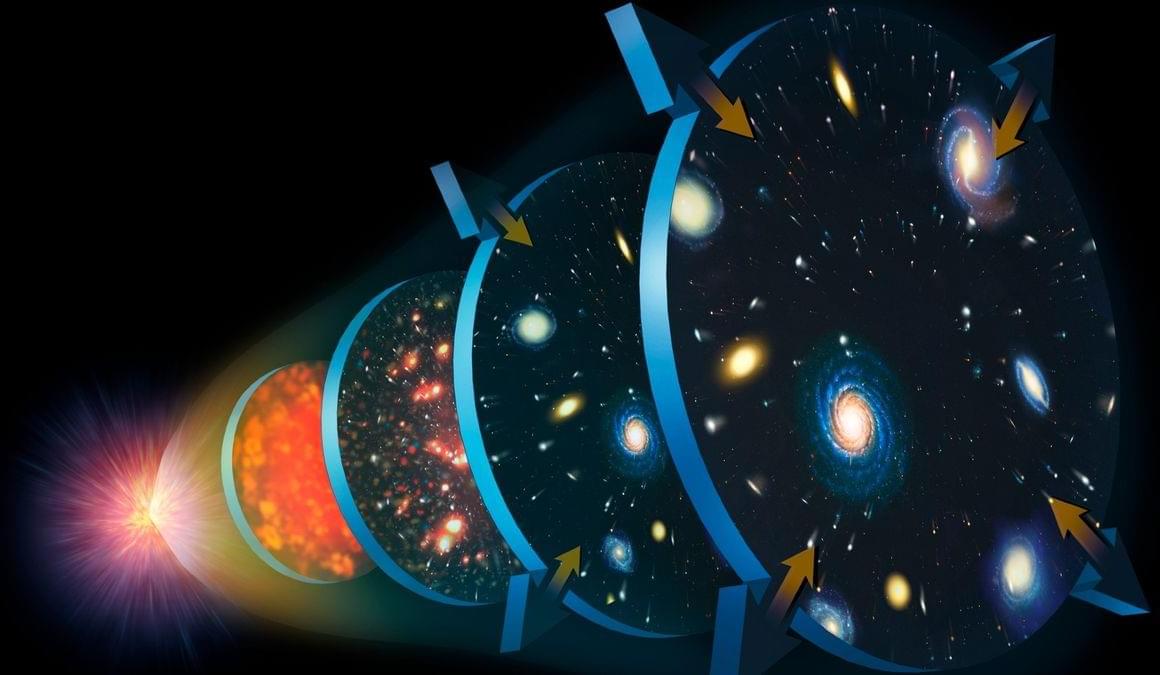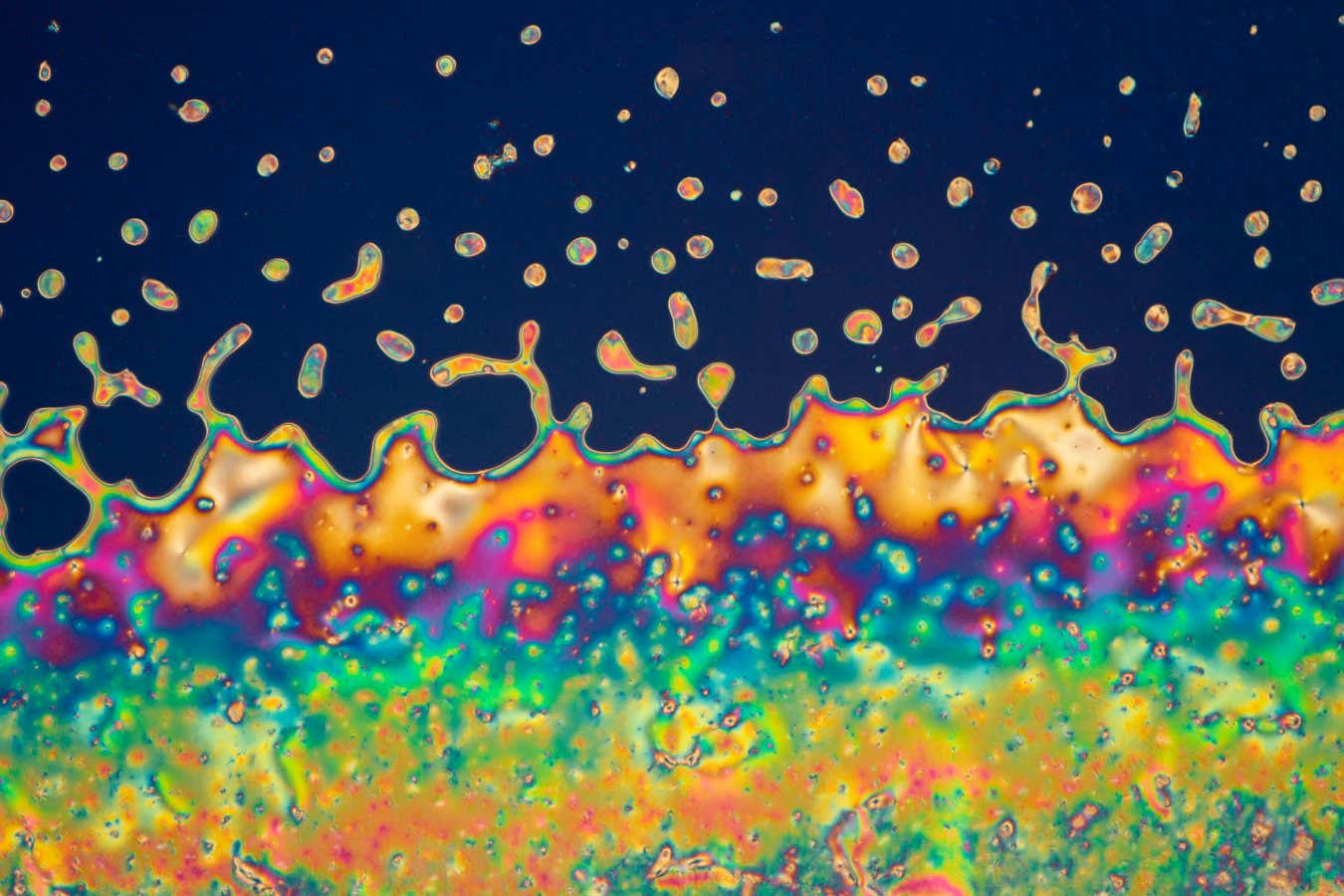Which of these technologies excites you the most? CHAPTERS:00:00 20 Space Megastructures That Will Transform Our Future01:15:51 15 Robotics TechnologiesThat…
Get the latest international news and world events from around the world.
NVIDIA Just Changed Robotics Forever With GR00T N1 — See It in Action!
NVIDIA has just unveiled the Isaac GR00T N1, a foundation model that is revolutionizing humanoid robotics. This AI-driven system can learn tasks, make decisions, and adapt like never before!
At GTC 2025, NVIDIA CEO Jensen Huang revealed the Isaac GR00T N1, a next-generation AI model designed to train humanoid robots with unprecedented efficiency. It uses a dual-system approach—one for instant reactions and another for strategic thinking. NVIDIA also introduced Newton, a physics engine developed in collaboration with Google DeepMind and Disney, aiming to enhance robotic motion.
Additionally, NVIDIA’s Isaac GR00T Blueprint enables large-scale training with synthetic data. In just 11 hours, the system generated over 780,000 training examples, drastically improving robot accuracy. These advancements could reshape industries by making humanoid robots more intelligent and useful in real-world applications.
What do you think of NVIDIA’s latest robotics breakthrough? Let us know in the comments! Do not forget to like, subscribe, and turn on notifications for more updates on AI and robotics.
#NVIDIA #AI #Robotics.
Get More Great Car Videos — Subscribe: https://goo.gl/BSIaFc
How Future Technology Will Change the Fermi Paradox (Sci-Fi Documentary)
This video takes a look at how future technology could change the Fermi Paradox. Asking if humanity is looking for life in the Universe in the wrong ways, or are we looking for the wrong things. Like trying to find smoke signals, in the age of fiber optics.
While the Drake Equation estimates how many civilizations could exist in the Universe, but what is the likelihood that humanity is even capable of detecting them.
Does there need to be another calculation, say the Detection Probability Equation. Showing what’s the likelihood that humanity is able to detect alien life at a given time, and solving the Fermi Paradox.
And does this create a new paradox. Because if future technology advancements increase the number of possible cosmic civilizations, could it also decrease humanity’s ability in detecting them — leading to the detection paradox.
Other topics covered in this sci-fi documentary video include: space telescopes, dyson spheres, the movie Contact by Carl Sagan, Interstellar movie and the time dilation effects, the great silence, the great filter, and solutions and theories for the Fermi Paradox.
PATREON
Quantum Gravity! New Research Explains How Space-Time Could Be Entangled
Could gravitational waves—the ripples in space-time—also be quantum in nature? Scientists believe they might! A new study suggests gravitational waves could induce quantum entanglement, revolutionizing physics and reshaping our understanding of gravity. But detecting these effects requires cutting-edge technology. Will future observatories like LIGO-India unlock the quantum secrets of space-time? Dive into this fascinating discovery and explore the possibilities of a quantum universe! Watch now and join the discussion!
Paper link: https://www.sciencedirect.com/science… 00:00 Introduction 00:29 The Quantum Nature of Gravitational Waves – A Theoretical Breakthrough 02:21 The Research Behind the Discovery 04:13 Implications and the Future of Quantum Gravitational Wave Research 07:30 Outro 07:43 Enjoy MUSIC TITLE : Starlight Harmonies MUSIC LINK : https://pixabay.com/music/pulses-star… Visit our website for up-to-the-minute updates: www.nasaspacenews.com Follow us Facebook: / nasaspacenews Twitter:
/ spacenewsnasa Join this channel to get access to these perks:
/ @nasaspacenewsagency #NSN #NASA #Astronomy#QuantumPhysics #GravitationalWaves #SpaceTime #QuantumGravity #Einstein #Physics #Astrophysics #Science #BlackHoles #LIGO #QuantumEntanglement #Cosmology #DarkMatter #BigBang #QuantumMechanics #ScienceExplained #FutureOfPhysics #Space #QuantumWorld #Relativity #TimeTravel #HiggsBoson #StringTheory #AstroScience #QuantumTechnology #SpaceExploration #GeneralRelativity #UnifiedTheory #TheoreticalPhysics #QuantumReality #WaveParticleDuality.
Chapters:
00:00 Introduction.
00:29 The Quantum Nature of Gravitational Waves – A Theoretical Breakthrough.
02:21 The Research Behind the Discovery.
04:13 Implications and the Future of Quantum Gravitational Wave Research.
07:30 Outro.
07:43 Enjoy.
MUSIC TITLE : Starlight Harmonies.
MUSIC LINK : https://pixabay.com/music/pulses-star…
Visit our website for up-to-the-minute updates:
www.nasaspacenews.com.
Follow us.



These 12 Chinese companies are poised to transform CRISPR gene-editing
As the race between U.S. and Chinese biotech companies heats up, the competition is particularly fierce in one field: CRISPR gene editing.
China has rapidly emerged as a global leader in CRISPR research. While much of the initial focus in the industry was on the use of the technology to develop cancer treatments, Chinese biotech firms have since moved to apply it to test therapies for rare diseases, including sickle cell disease and inherited eye disorders.
In many areas, Chinese companies have been more aggressive, pushing into diseases that their U.S. counterparts have shied away from, including in Duchenne muscular dystrophy and herpes virus. That willingness has raised eyebrows among some executives and academics in the U.S., while exciting others who fear the American regulators and companies have been too conservative.

Mediterranean neutrino observatory sets new limits on quantum gravity
Quantum gravity is the missing link between general relativity and quantum mechanics, the yet-to-be-discovered key to a unified theory capable of explaining both the infinitely large and the infinitely small. The solution to this puzzle might lie in the humble neutrino, an elementary particle with no electric charge and almost invisible, as it rarely interacts with matter, passing through everything on our planet without consequences.
For this very reason, neutrinos are difficult to detect. However, in rare cases, a neutrino can interact, for example, with water molecules at the bottom of the sea. The particles emitted in this interaction produce a “blue glow” known as Čerenkov radiation, detectable by instruments such as KM3NeT.
The KM3NeT (Kilometer Cube Neutrino Telescope) is a large underwater observatory designed to detect neutrinos through their interactions in water. It is divided into two detectors, one of which, ORCA (Oscillation Research with Cosmics in the Abyss), was used for this research. It is located off the coast of Toulon, France, at a depth of approximately 2,450 meters.


Artificial Intelligence and the “Great Machine” Problem: Avoiding Technology Oversimplification in Homeland Security and Emergency Management
This research note deploys data from a simulation experiment to illustrate the very real effects of monolithic views of technology potential on decision-making within the Homeland Security and Emergency Management field. Specifically, a population of national security decision-makers from across the United States participated in an experimental study that sought to examine their response to encounter different kinds of AI agency in a crisis situation. The results illustrate wariness of overstep and unwillingness to be assertive when AI tools are observed shaping key situational developments, something not apparent when AI is either absent or used as a limited aide to human analysis. These effects are mediated by levels of respondent training. Of great concern, however, these restraining effects disappear and the impact of education on driving professionals towards prudent outcomes is minimized for those individuals that profess to see AI as a full viable replacement of their professional practice. These findings constitute proof of a “Great Machine” problem within professional HSEM practice. Willingness to accept grand, singular assumptions about emerging technologies into operational decision-making clearly encourages ignorance of technological nuance. The result is a serious challenge for HSEM practice that requires more sophisticated solutions than simply raising awareness of AI.
Keywords: artificial intelligence; cybersecurity; experiments; decision-making.